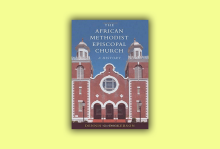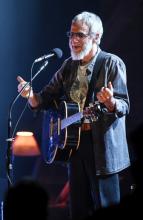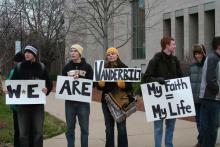vanderbilt university

DENNIS C. DICKERSON brings two competencies to the writing of this history. One is secular: He is a historian at Vanderbilt University, specializing in African American religious history, labor history, and the U.S. civil rights movement. The other is sacred: He is a retired general officer of the AME Church. In that capacity, he had access to the church’s extensive archives and served in the church’s leadership councils in Nashville, Tenn. With these gifts, Dickerson captures via superb research how the AME Church became a major social and denominational force in the construction of the African American religious experience — a narrative that includes the community’s enduring struggles for racial freedom, equality, and uplift. Dickerson writes:
The AME Church, located throughout its history within the Atlantic World, faced the forces of subjugation, which fixed the status of its large colored constituencies. Though AME ministers and members were themselves vulnerable peoples, they focused on the dual tasks of developing and maintaining an independent religious body and confronting powerful national, political, and economic structures aimed at black subordination. While institutional governance was itself a liberation activity, it competed and, at times, undermined equally important efforts to defeat oppressive systems of slavery, segregation, colonialism, and apartheid. The history of the AME Church is a narrative about these tensions.

The members had no idea that word of their efforts to start the Islamic Center of Nashville had reached Yusuf Islam, the famous British musician and Muslim convert also known as Cat Stevens, until his check arrived in the mail.
“I was thinking, ‘What a miracle,’” said Elberry, who was a Vanderbilt University graduate student from Egypt at the time.

When the Supreme Court ruled that a Christian student group could only be recognized at a small public law school if it accepted non-Christians and gays as potential leaders, some lawyers and campus advocates grew nervous.
While the 5-4 decision in Christian Legal Society v. Martinez was primarily aimed at public colleges and universities, some conservatives say the decision has upended university religious life, with both public and private schools reconsidering nondiscrimination rules.
Now, nearly two years after the decision involving the University of California's Hastings College of the Law, the case is causing strife across U.S. college campuses.

One of the largest student religious groups at Vanderbilt University is leaving campus in a dispute over the school's non-discrimination policy that bars student groups from requiring their leaders to hold specific beliefs.
Leaders of Vanderbilt Catholic, which has 500 members, says the rule make no sense. P.J. Jedlovec, the group's president, says the group's meetings are open to all students, but only people who share the group's beliefs can be leaders.
"If we were open to having non-Catholics lead the organization, we wouldn't be Catholic anymore," Jedlovec said.